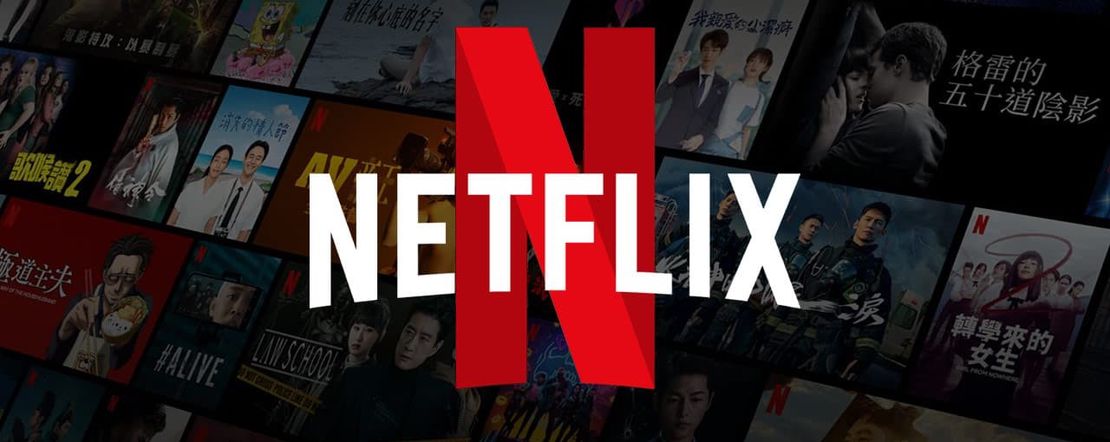
Why is less, more? : The Choice Overload Phenomenon
- Sejal Gupta
- Behavioral economics , Choice theory , Consumer psychology
- March 4, 2021
Do you remember how long it took you to decide which movie to watch on Netflix last time?
Personally, it takes me at least 10-15 minutes to choose the perfect movie—one that matches my current mood, has decent IMDb ratings, and a compelling storyline. Yet, more often than not, I end up rewatching an old movie or series simply because I couldn’t decide on something new! Does this happen to you too?
Each of us strives to maximize our well-being in every possible way, seeking the best for ourselves within the limits of our resources. Similarly, businesses aim to enhance their own welfare while also prioritizing the well-being of their customers.
Fact
Maximum welfare → requires maximum freedom → needs maximum number of choices → more choices to choose from → the need to make decisions again and again and again!
From deciding whether to host your next meeting on MS Teams, Webex, or Google Meet to choosing which music streaming service to use, we make countless decisions every single day. In his TED talk, Paradox of Choice, Barry Schwartz highlights how having more choices has made us not freer, but more paralyzed—not happier, but more dissatisfied. He illustrated this using a simple example.
Imagine you’re sick and you have to visit a doctor. If after your diagnosis, the doctor suggests you, “We could treat this by either A or B. These are the pros and cons of A and B respectively. What do you want to do?”. Since you don’t have sufficient knowledge in medicine, you ask the doctor, “What should I do?”. The doctor says, “We could treat this by either A or B. These are the pros and cons of A and B respectively. What do you want to do?”. You’d be completely lost right? This shows that we often have to make decisions about aspects of our lives we know little about.
Introduction to Choice Theory
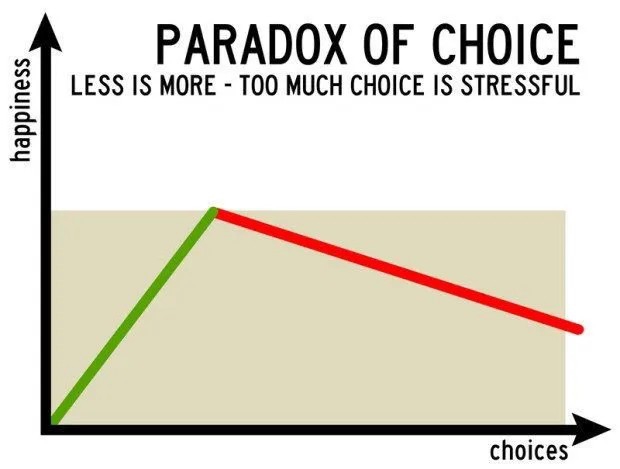
Some choice is undoubtedly better than none—it empowers us and allows us to tailor decisions to our needs. However, beyond a certain point, as demonstrated earlier, an abundance of choices can create conflict and confusion, ultimately leaving us worse off.
The Paradox of Choice theory suggests that there is a tipping point where offering additional options makes decision-making increasingly difficult. In some cases, consumers may avoid making a decision altogether as a way of coping. This phenomenon, known as “Choice Overload,” arises when too many options overwhelm consumers.
Choice overload is often associated with:
Unhappines
Decision Fatigue
Going with the default option
Avoiding making the decision altogether
This idea may seem contradictory to what many of us believe. We’ve always assumed that more choices are better, providing consumers with a greater variety of options. However, clearly this is not always the case.
Why does abundance of choice dissatisfy us?
Paralysis rather than liberation: Every time you choose to rewatch an old TV series/movie instead of a new one because you couldn’t decide on a new one is an example of how too many choices can sometimes lead to decision paralysis. Sometimes it may cause us to avoid making the decision altogether.
Escalation of expectations: When we spend time and effort choosing between various alternatives, we expect our extra efforts to pay-off. This leads to us having higher expectations from the chosen product, which may lead to disappointment.
Less satisfaction if we had fewer choices to choose from: Suppose you’re unhappy with the product you choose. The more the number of choices to choose from, the more would be the regret from choosing a product you didn’t like as much. This leads to dissatisfaction.
Quantifying the trade off for businesses
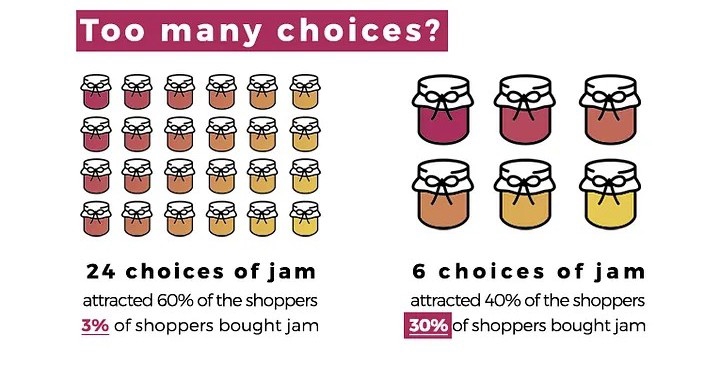
Let’s consider the jam experiment that reveals when precisely offering less choice may enhance your sales. The study found that consumers were 10 times more likely to purchase jam on display when the number of jams available was reduced from 24 to 6. While the tipping point for additional choices varies from business to business, it undoubtedly exists.
The Choice Overload theory along with the traditional view that choices are good and increase consumer’s likelihood of purchasing a good highlights the need for quantifiable metrics to establish this trade off. Essentially for us to decide, when is choice good or bad?
A research published in the Journal of Consumer psychology in 2015 successfully isolated four cases when reducing customers’ choices is most likely to boost sales
Effort-minimizing goal: When people want to make a quick and easy choice
Decision task is difficult: When making the right choice matters/you are selling complex products
Greater choice set complexity: When you show options that are difficult to compare
Higher preference uncertainty: When your customers are unclear about their preferences
And there you have it! By keeping these four metrics in mind, we can avoid overwhelming consumers with unnecessary information while still offering a diverse selection.
Conclusion
The paradox of choice is a real phenomenon, and decision-makers must account for it before launching products in the market. It highlights the risks of overwhelming consumers with too many options. That said, beyond the four scenarios mentioned, offering choices is still a powerful advantage—it can make your product more appealing and increase its attractiveness.
After all, none of us will use Netflix or Amazon Prime if they didn’t offer such a wide variety of movies and shows to choose from. xD
Tags :
Related Posts
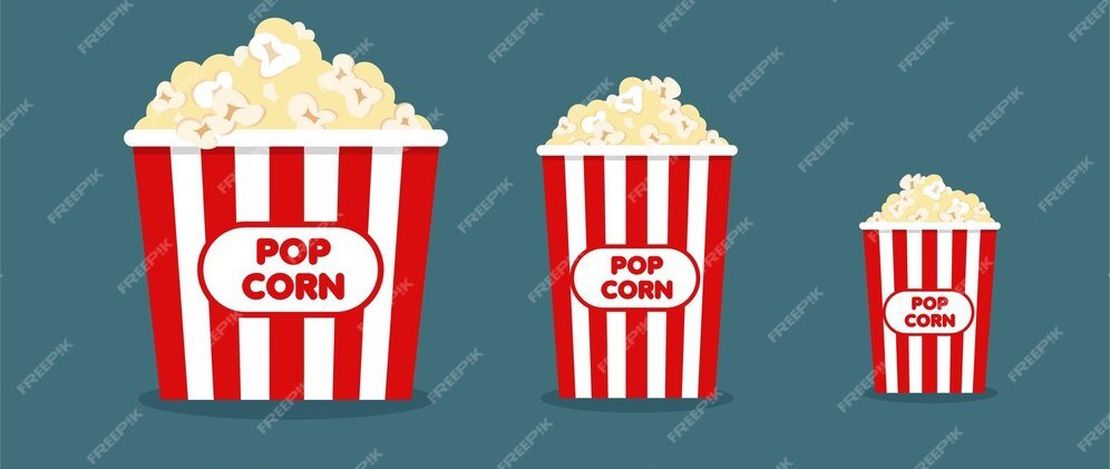
A Tub of Popcorn & Decoy Effect
Most of us think of movies whenever we hear the word popcorn.
Read More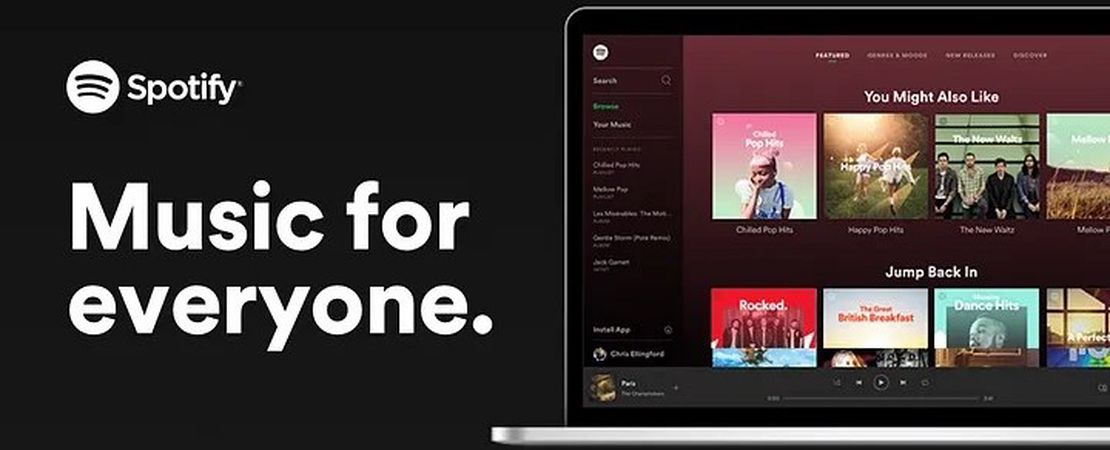
Why do businesses offer free one month trials?- Endowment Effect
Can consumers be tricked for their love of music? We all enjoy listening to music.
Read More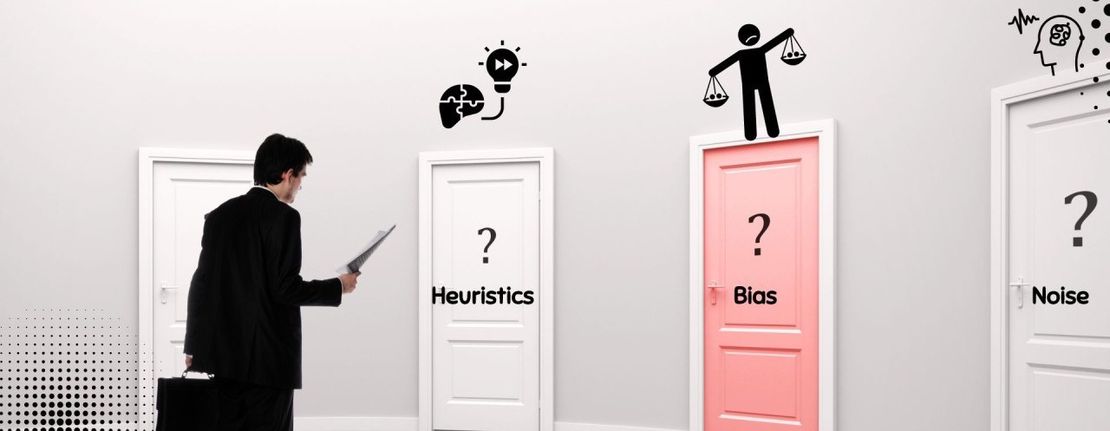
Noise vs. Bias: Are they really the same?
An average adult makes about 33,000 to 35,000 daily decisions— from what we eat and wear to which source of entertainment we will consume at the end of the day.
Read More